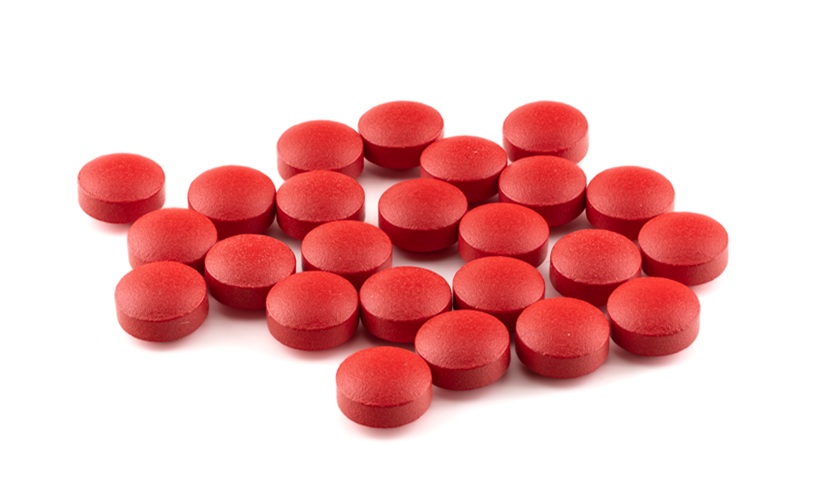HEPATITIS C virus (HCV) continues to affect around 50 million people worldwide, causing approximately 244,000 deaths annually. Despite the World Health Organization’s goal to eliminate HCV by 2030, progress has been slow: in 2022, only 36% of infected individuals had been diagnosed, and just 20% treated. Achieving elimination requires innovative strategies, particularly for high-risk groups such as people who inject drugs (PWID), who face marginalisation, stigma, and difficulties accessing care.
Community-Based HCV Treatment for PWID
The DRIVE-C study in Haiphong, Vietnam, evaluated a community-based strategy to screen PWID for HCV and provide access to direct-acting antivirals (DAAs). The study focused on treatment outcomes, clinical characteristics linked to treatment failure, and adverse events associated with the generic sofosbuvir/daclatasvir combination. Results demonstrated that high cure rates are achievable in low- and middle-income countries (LMICs) when care models are tailored to the needs of marginalised populations.
Key to this success was the integration of care within existing public health services, supported by community-based organisations (CBOs). This approach facilitated non-stigmatising interactions, high follow-up adherence, and effective harm reduction counselling. By providing HCV testing in community settings rather than hospital laboratories, PWID were more likely to access treatment, contributing to cure rates comparable to high-income countries, exceeding 90%.
Generic DAAs and Reinfection Prevention
Affordable generic DAAs were central to the programme’s success, confirming that these treatments are as effective and safe as licensed alternatives. Reinfection rates were lower than expected, highlighting the impact of CBO-led counselling and ongoing support. Treatment failure was mainly associated with genotype 3 infection, ongoing drug use, and HIV co-infection. The study also emphasised the need for HCV screening in prisons, a high-risk environment for viral transmission.
In conclusion, the DRIVE-C study shows that high cure rates in HCV treatment are achievable among PWID in LMICs through tailored, community-based strategies, affordable generic DAAs, and integrated support. These findings provide a roadmap for HCV elimination in marginalised populations, demonstrating that with innovation and collaboration, global elimination targets can become a realistic goal.
Reference
Laureillard D et al. High efficiency and safety of hepatitis C treatment among people who inject drugs in Vietnam. J Viral Hepat. 2025;32(11):e70090.








